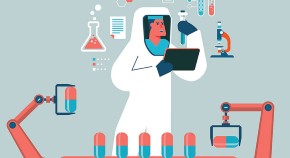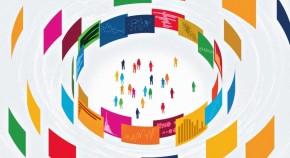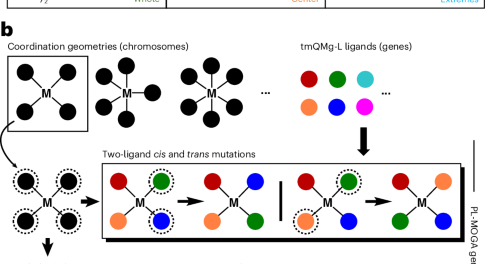
Focus on digital twins
Our March issue includes a Focus that highlights the state of the art, challenges, and opportunities in the development and use of digital twins across different domains.

Our March issue includes a Focus that highlights the state of the art, challenges, and opportunities in the development and use of digital twins across different domains.




Approaches are needed to accelerate the discovery of transition metal complexes (TMCs), which is challenging owing to their vast chemical space. A large dataset of diverse ligands is now introduced and leveraged in a multiobjective genetic algorithm that enables the efficient optimization of TMCs in chemical spaces containing billions of them.